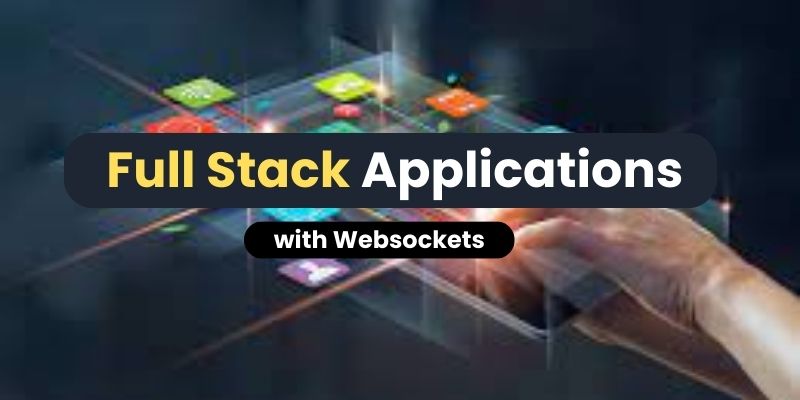Introduction
In the world of full-stack development, real-time communication is becoming increasingly essential for providing seamless and interactive user experiences. Traditional HTTP request-response cycles are sometimes only sufficient for applications requiring instant updates and live data streaming. In this blog post, we’ll explore the websocket meaning and Real-time Communication in Full Stack Applications with Websockets. Enrolling in a comprehensive Full Stack Developer Course in Chennai could be an excellent way to gain the necessary skills and knowledge for individuals looking to dive deeper into full stack development and learn how to implement technologies like Websockets.
Understanding WebSockets
WebSockets establish a lasting connection between clients and servers, enabling them to exchange messages anytime without relying on constant HTTP requests. This makes WebSockets ideal for chat applications, online gaming, collaborative editing tools, and live data visualization.
Implementing WebSockets in Full-Stack Applications
Frontend Integration
To integrate Websockets into a complete stack application, the front end typically uses JavaScript to establish a WebSocket connection with the server. Modern frontend frameworks like React, Angular, and Vue.js have built-in support for WebSockets, making it easy to implement real-time features.
Backend Integration
On the backend, developers can use frameworks like Node.js, Django Channels, or Socket.IO to handle WebSocket service connections. These frameworks provide abstractions and utilities for managing WebSockets service connections, handling message routing, and broadcasting updates to connected clients. Developers can quickly build scalable and robust real-time applications by leveraging these frameworks. Enrolling in a comprehensive Full Stack Developer Online Course at FITA Academy could be an ideal option for those interested in mastering these frameworks and gaining expertise in full-stack development.
Benefits of Websockets
Low Latency: WebSockets offer low-latency communication, making them ideal for applications that require instant updates.
Reduced Server Load: Unlike traditional polling mechanisms, It maintain persistent connections, reducing the overhead of repeated HTTP requests.
Scalability: WebSockets support concurrent connections, allowing applications to scale to many users without sacrificing performance.
Improved User Experience: Real-time communication enhances the user experience by providing live updates and interactive features.
Conclusion
Websockets have transformed how we develop full-stack applications by facilitating real-time communication between clients and servers. By understanding the fundamentals of Websockets and integrating them into your full-stack projects, you can create dynamic and engaging user experiences that keep users coming back for more. For aspiring developers seeking to master the art of full-stack development and harness the power of WebSockets, enrolling in a comprehensive Full Stack Developer Course In Bangalore could be the perfect way to acquire the necessary skills and expertise. These courses often provide hands-on training, industry-relevant projects, and mentorship to help you become proficient in building real-world applications using WebSockets and other cutting-edge technologies.
Also Check: Full Stack Developer Skills, Roles and Responsibilities


